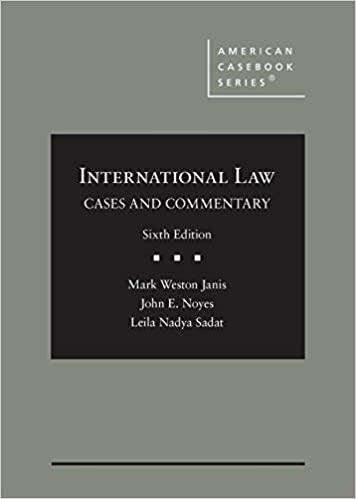Answered step by step
Verified Expert Solution
Question
1 Approved Answer
1. Chopra v. Eaton (T. ) Co. (1999), 240 A.R. 201 (Q.B.); 1999 ABQB 201 (CanLII) Chopra went to Eaton's department store seeking a refund.

Step by Step Solution
There are 3 Steps involved in it
Step: 1

Get Instant Access to Expert-Tailored Solutions
See step-by-step solutions with expert insights and AI powered tools for academic success
Step: 2

Step: 3

Ace Your Homework with AI
Get the answers you need in no time with our AI-driven, step-by-step assistance
Get Started


